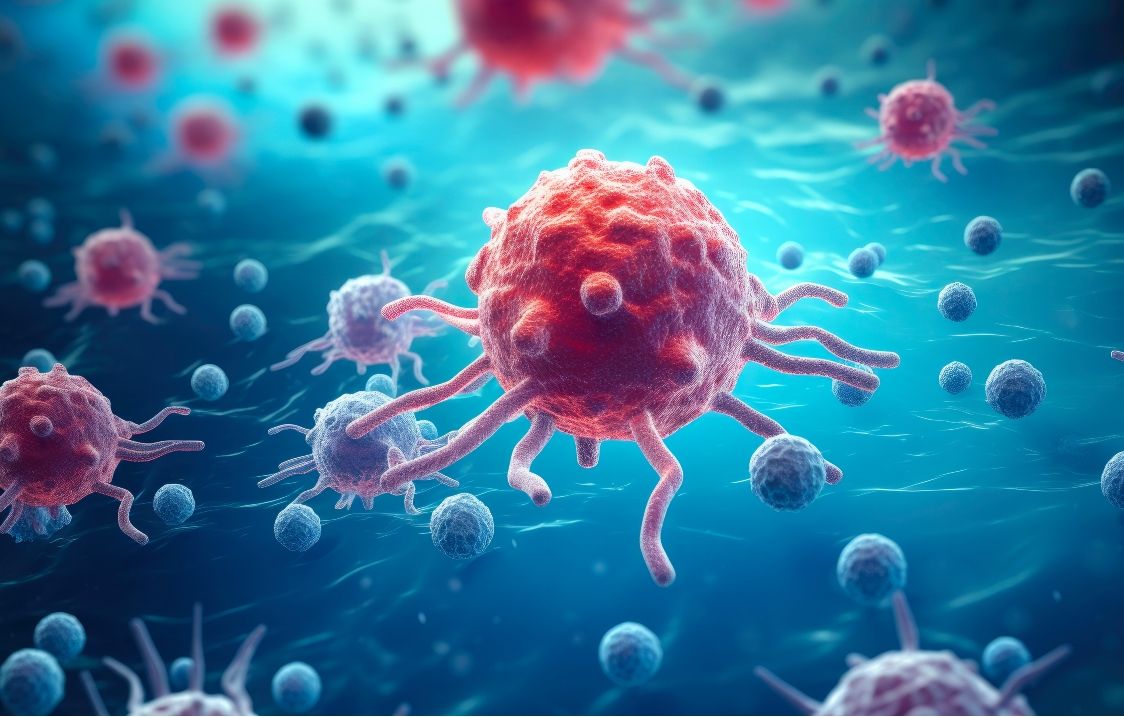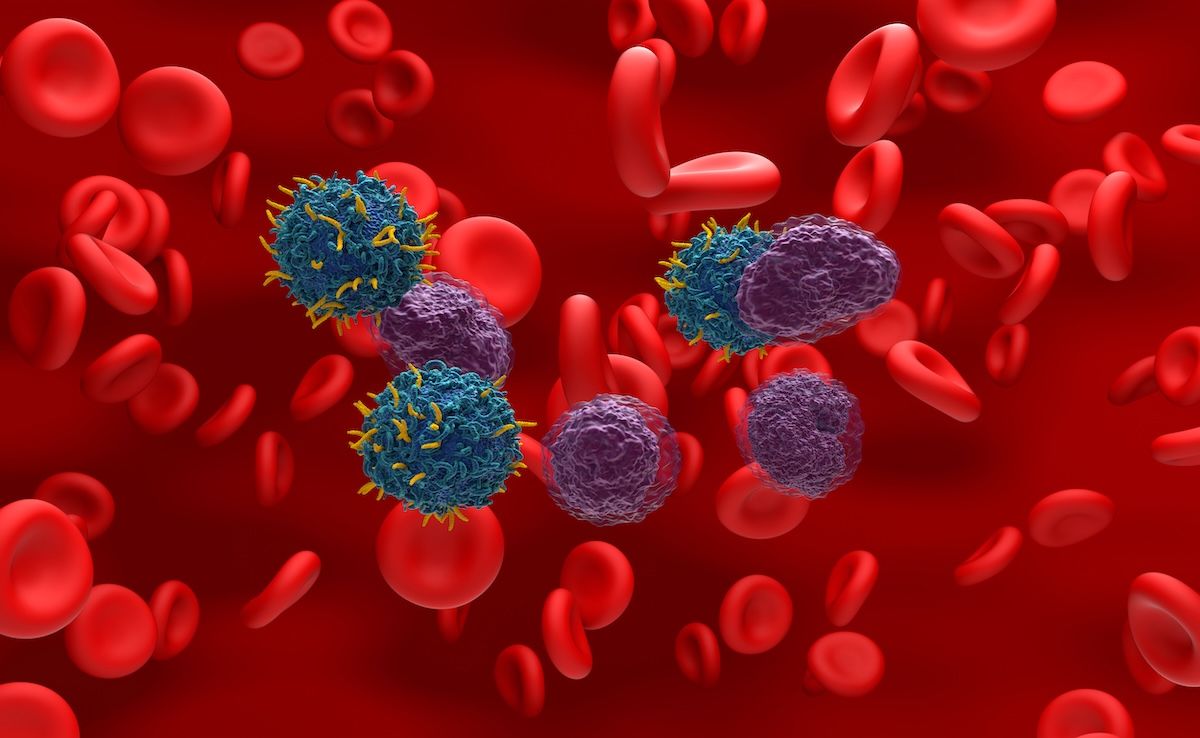Video
Upfront Daratumumab Impact on Relapse Treatment
Key opinion leaders consider how the approval of daratumumab in the upfront setting for patients with relapsed multiple myeloma has impacted treatment strategies.
C. Ola Landgren, MD, PhD: I will switch over to Luciano and say, using daratumumab up front, you presented beautiful data at ASH [the American Society of Hematology annual meeting] in 2019 from your MASTER trial. Also, from [Memorial Sloan Kettering Cancer Center], we had one study where we had very similar packaging with DARA [daratumumab], Kyprolis [carfilzomib],Rev/dex [lenalidomide, dexamethasone] same as you had. But you had transplant, and then you stopped therapy if they were MRD [minimal residual disease] negative.
We gave 8 cycles without the transplant and found 70%-plus with MRD negativity and gave them maintenance. It’s a little bit different how we managed that over time, but very similar to begin with. The point here is daratumumab going up front, I mentioned KRd [carfilzomib, lenalidomide, dexamethasone], daratumumab; very powerful, no neuropathy. But VRd [bortezomib, lenalidomide, dexamethasone] with daratumumab; also the GRIFFIN study was updated and shows 51% intent-to-treat 6 cycles VRd DARA [bortezomib, lenalidomide, dexamethasone with daratumumab] with transplant for less than you see with DARA KRd [carfilzomib, lenalidomide, dexamethasone, daratumumab]. I think the field is heading toward using [daratumumab] up front. How will that impact your treatment strategies when they relapse, Luciano?
Luciano Costa, MD, PhD: That’s great, and to go back to a comment about treating patients with biochemical relapse versus clinical relapse; I see the field going away a little from this debate. I thought it was a much harder debate a few years ago, maybe before maintenance therapy was so mainstream. I agree very much with our colleagues on the panel. Now that we have bought into for the most part the concept of continuous therapy, it’s not as much of a decision about starting therapy or not starting therapy; it’s a choice between substituting a failing therapy for one that is likely to work, because everybody for the most part is on maintenance.
Now we get to see behind the curtain, as we get more familiar with MRD data, and we get to appreciate how much disease there is in somebody by the time you have the M spike climbing.
Clearly there is a high-burden clone that is resistant to the therapy that you’re on, one that is growing freely or semi-freely while you keep giving this patient a drug that is toxic. This limits marrow reserve and is very costly. I find it’s much easier to make a point to start therapy based on biochemical response. Of course, you’re not talking about immunofixation turning positive; as soon as I’m confident there is an uptrend, I change therapy.
The question in point is great. Like Ajai mentioned before, if you look at the landscape of trials that informed management on patients with 1 or 3 prior lines of therapy, that [lenalidomide] refractory patient is represented in very few, and the [lenalidomide and daratumumab] refractory patient is represented in none, because those patients did not exist.
It’s going to be very interesting to see what happens with [daratumumab] up front. Many studies like yours, like ours, and even like GRIFFIN, they have [daratumumab] for a certain point of time, and then there’s no more [daratumumab], either no therapy at all or just lenalidomide.
When those patient progress, many of those might benefit from a CD38 monoclonal antibody. And I suspect, I have no data to prove it, but I suspect the further along you are from [daratumumab] the more likely you are to benefit from it. That is pretty much what we saw to keep an analogy, for example, with large cell lymphoma.
But we’re going to eventually hit the situation, particularly if [daratumumab] becomes a mainstream maintenance, which it might if AURIGA and SWOG-1803 turn out to be positive trials. We’re going to have this population that has had 1 line of therapy and then it refractory to both [daratumumab] and [lenalidomide]; that is a going to be totally data-free zone.
Fortunately, none of us have a lot of experience with those patients because they’re rare. For the time being we are resorting to carfilzomib, usually in combination with an alkylator. In the future that will be a place for a novel therapy, either bispecific or not.





